Welcome to our insightful guide on executive compensation planning! In today's competitive landscape, designing an effective compensation strategy for your leadership team is crucial for attracting and retaining top talent. From base salaries to performance bonuses and long-term incentives, a well-structured plan can significantly impact your organization's success. Ready to dive deeper into the nuances of executive compensation? Let's explore more!

Compensation philosophy alignment
Executive compensation planning requires a strategic approach to align compensation philosophy with organizational goals. A robust compensation philosophy defines principles guiding remuneration decisions, promoting fairness, transparency, and competitiveness in the market. It is essential for establishing a framework that integrates base salary, annual bonuses, and long-term incentives, with a focus on achieving performance metrics. This alignment ensures that executive compensation reflects not only individual contributions but also the overall success of the organization, supporting talent retention and attracting top professionals in the industry. Companies must regularly review market benchmarks and regulatory considerations to maintain compliance and adjust their compensation packages accordingly, ensuring they remain relevant within rapidly changing economic environments.
Performance metrics and benchmarks
Executive compensation planning requires careful consideration of performance metrics and benchmarks to align the interests of executives with organizational goals. Key performance indicators (KPIs) such as Earnings Before Interest and Taxes (EBIT), Return on Equity (ROE), and Total Shareholder Return (TSR) are crucial to evaluate executive performance. Benchmarks often include peer companies within the same industry, typically represented by indices like the S&P 500 or industry-specific groups, providing a comprehensive overview of competitive positioning. Transparency in setting these metrics is essential for maintaining trust among stakeholders, ensuring that executives are incentivized to drive growth, improve operational efficiency, and enhance shareholder value. Properly structured compensation packages often include base salary, annual bonuses tied to performance, and long-term incentives such as stock options or restricted stock units (RSUs) to foster sustained commitment to the company's vision. Regularly reviewing these components allows organizations to adapt to market conditions and retain top talent effectively.
Long-term incentives strategy
Long-term incentive strategies (LTIs) play a crucial role in executive compensation planning, aligning the interests of executives with shareholder value over an extended period. Common methods like stock options, performance shares, and restricted stock units are utilized by corporations across various industries, such as technology and finance. The LTI programs often operate over a three to five-year performance cycle, measuring key performance indicators (KPIs) including total shareholder return (TSR) and earnings per share (EPS) growth. Effective LTI designs consider market benchmarks, prevalent in organizations from Silicon Valley (with an emphasis on innovation) to Wall Street (emphasizing stability). Additionally, the incorporation of clawback provisions serves to mitigate risk, ensuring executives remain accountable for their decisions. Key considerations during planning involve compliance with regulations such as the Dodd-Frank Act, ensuring transparency and fairness within the compensation structure for top-level executives.
Regulatory compliance and governance
Executive compensation planning is essential for aligning the interests of executives and shareholders within publicly traded companies. Adherence to regulatory compliance is critical, especially under frameworks such as the Sarbanes-Oxley Act and Dodd-Frank Act, which impose stringent reporting guidelines and shareholder advisory votes on executive pay. Governance structures, including risk management protocols, should ensure that compensation practices are transparent and equitable, taking into account factors like performance metrics, industry benchmarks, and long-term business objectives. Furthermore, compensation committees should regularly analyze pay-for-performance relationships to ensure alignment with the company's strategic goals while maintaining adherence to the principles of fair remuneration set forth by regulatory bodies such as the Securities and Exchange Commission (SEC). Such comprehensive planning supports sustained corporate performance and upholds shareholder trust.
Stakeholder transparency and communication
Executive compensation planning emphasizes stakeholder transparency and communication, crucial elements in aligning organizational goals with shareholder expectations. Transparency involves disclosing intricate details of compensation packages, including base salary, performance bonuses, and equity incentives for executives such as CEOs and CFOs at Fortune 500 companies. Effective communication strategies should incorporate regular updates during quarterly earnings calls and annual reports, providing insights into the decision-making process behind compensation levels. Implementing a clear and consistent approach helps foster trust among stakeholders, ensuring that the rationale for executive pay aligns with company performance metrics and long-term strategic objectives, ultimately enhancing corporate governance.

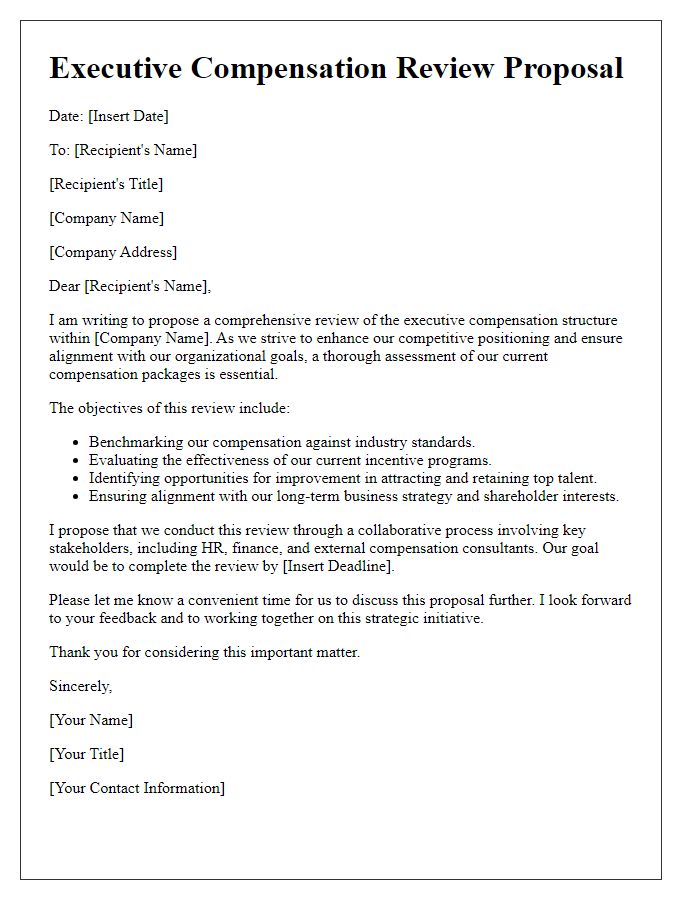

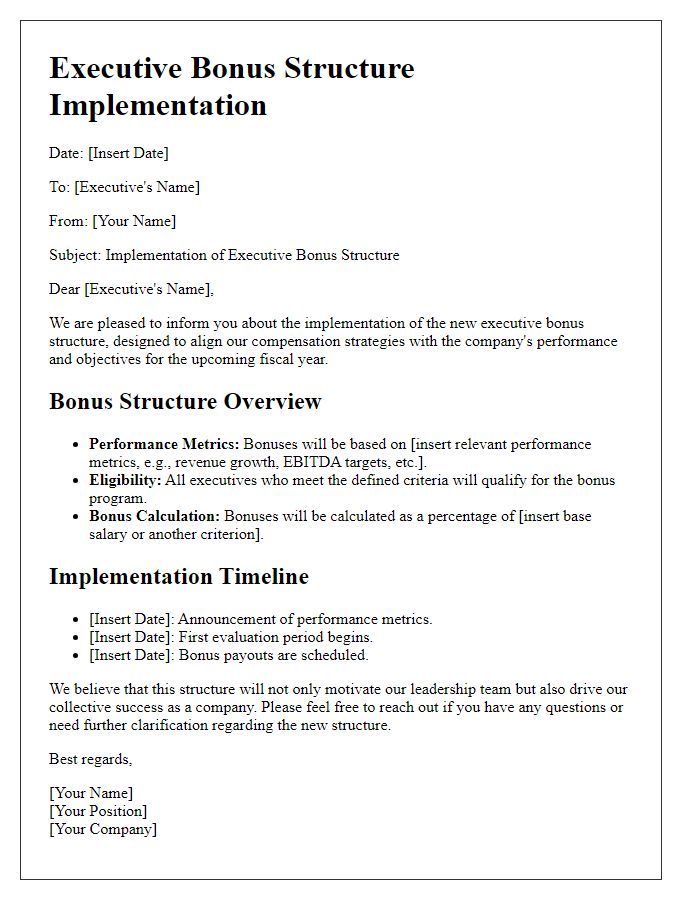
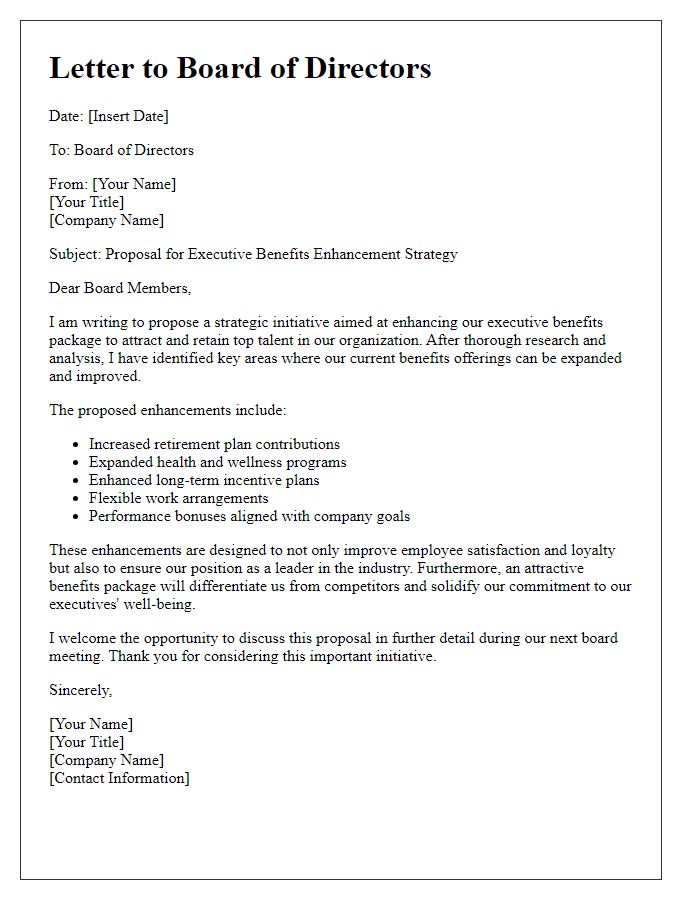
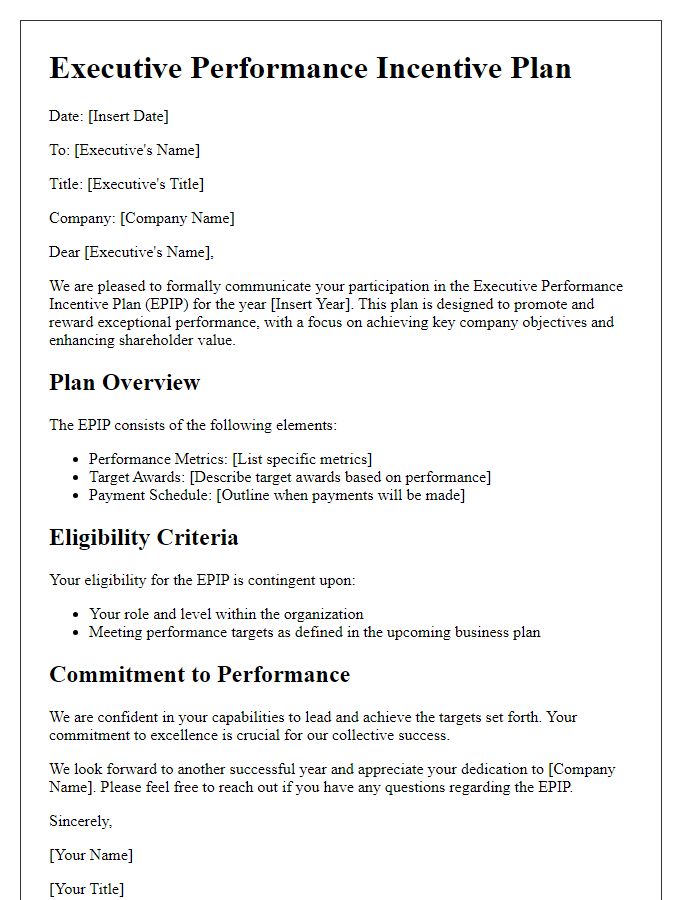
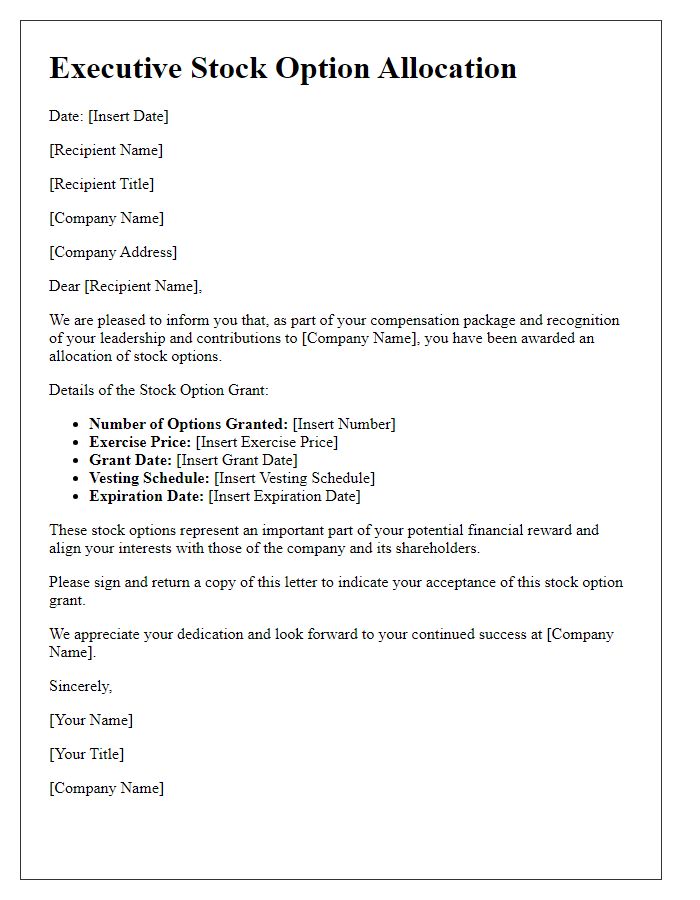
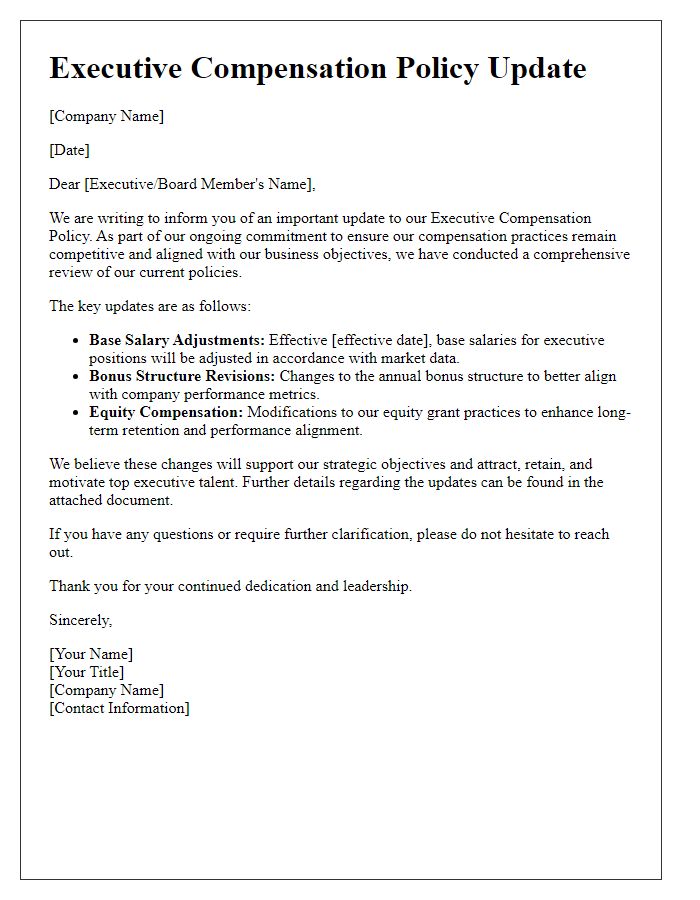
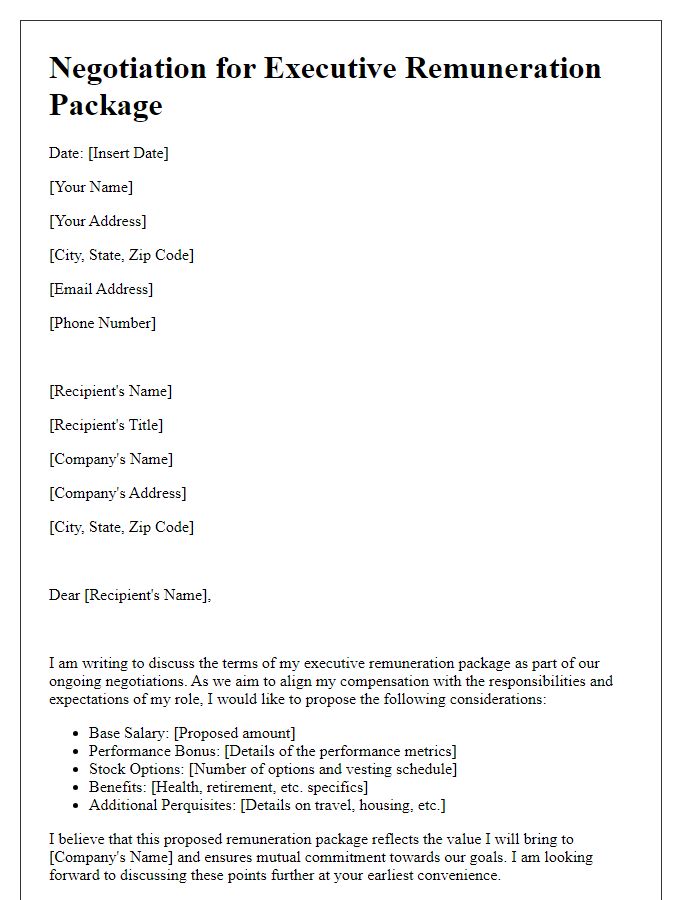
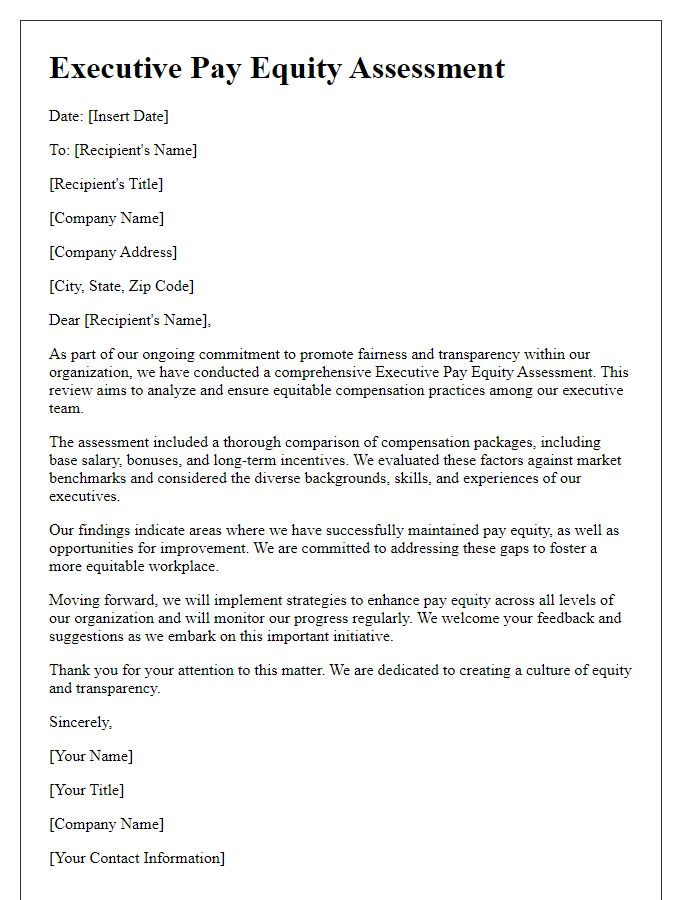
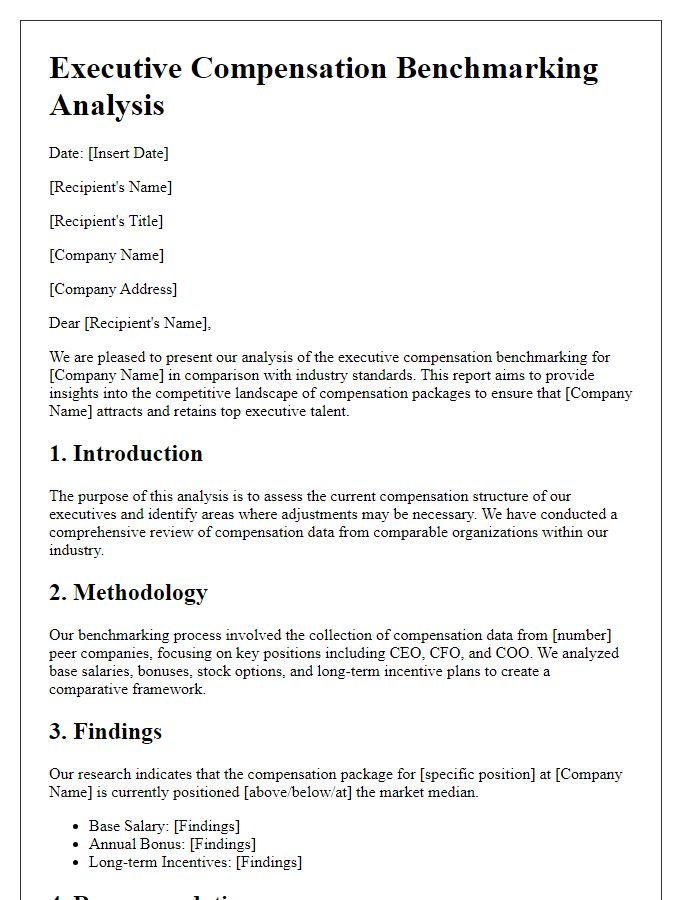


Comments